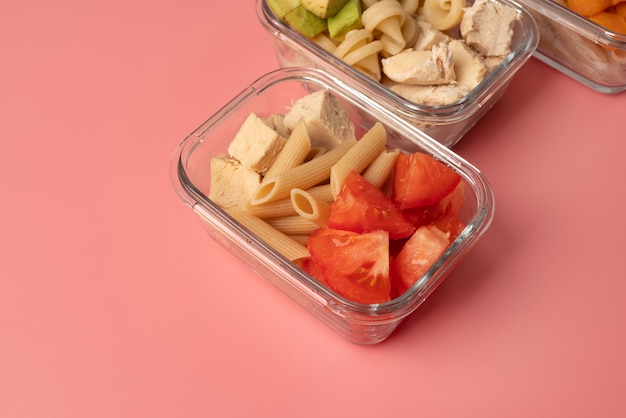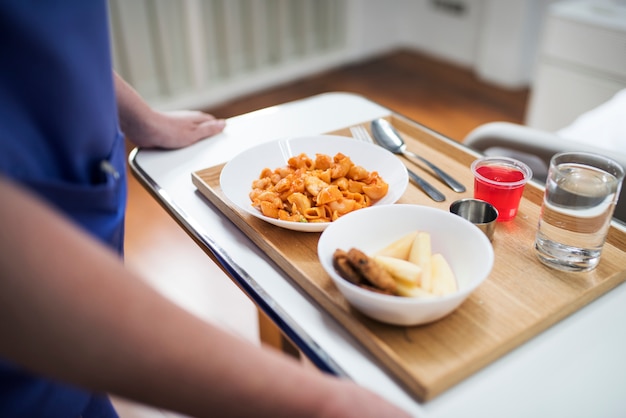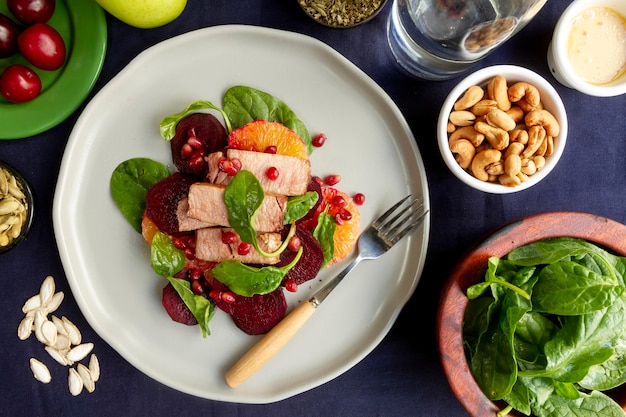Boost Your VO₂ Max on a Budget: A Weekly Meal Prep Guide for People with Diabetes
Improving cardiovascular fitness is crucial for everyone—but especially for individuals managing diabetes. One of the best indicators of heart and lung efficiency is VO₂ max, which measures how well your body uses oxygen during intense exercise. The good news? You can enhance your VO₂ max through smart nutrition and consistent meal planning—without breaking the bank.
This comprehensive, budget-friendly weekly meal prep blueprint combines science-backed nutrition strategies with practical steps to support better oxygen utilization, improved insulin sensitivity, and long-term metabolic health.
What Is VO₂ Max and Why Does It Matter for Diabetes?
VO₂ max reflects your aerobic endurance. Higher levels are linked to reduced risk of heart disease, better blood sugar control, and increased energy. For people with type 2 diabetes, improving VO₂ max can enhance insulin sensitivity, helping glucose enter cells more efficiently.
While exercise is a primary driver of VO₂ max improvement, nutrition plays a supporting role by fueling workouts, reducing inflammation, and stabilizing blood glucose—key for sustaining physical performance.
The Role of Nutrition in VO₂ Max and Blood Sugar Control
Certain nutrients support mitochondrial function (where oxygen is used to produce energy), reduce oxidative stress, and maintain steady energy levels. Focus on:
- Complex carbohydrates: Provide sustained energy for workouts (e.g., oats, quinoa, sweet potatoes).
- Lean proteins: Aid muscle repair and satiety (e.g., eggs, legumes, chicken).
- Healthy fats: Support hormone balance and reduce inflammation (e.g., avocado, olive oil, nuts).
- Fiber-rich foods: Slow glucose absorption and improve gut health (e.g., beans, broccoli, berries).
- Antioxidants: Combat exercise-induced oxidative stress (e.g., spinach, blueberries, dark chocolate).
Weekly Budget-Friendly Meal Prep Blueprint
This 7-day plan emphasizes affordable, accessible ingredients that support both VO₂ max development and glycemic control. All meals are designed to be prepped in advance, minimizing daily effort and cost.
Day 1–7 Overview
- Breakfast: Oatmeal with chia seeds, cinnamon, and frozen berries (pre-portioned).
- Lunch: Quinoa salad with black beans, corn, bell peppers, and lime dressing.
- Dinner: Baked chicken or tofu with roasted sweet potatoes and steamed broccoli.
- Snacks: Hard-boiled eggs, Greek yogurt (unsweetened), apple with peanut butter.
Actionable Prep Steps (2-Hour Weekly Session)
- Plan & Shop: Use a grocery list focused on sales, store brands, and seasonal produce.
- Cook Grains: Prepare 3 cups of quinoa or brown rice.
- Roast Veggies: Chop sweet potatoes, broccoli, and peppers; roast in bulk with olive oil and herbs.
- Protein Prep: Bake chicken breasts or press tofu; hard-boil 6–8 eggs.
- Portion Snacks: Divide nuts, yogurt, and fruit into small containers.
- Assemble Meals: Divide lunches and dinners into reusable containers.
Pair Nutrition with Exercise for VO₂ Max Gains
Nutrition alone won’t boost VO₂ max—exercise is essential. Incorporate:
- High-Intensity Interval Training (HIIT): 20-minute sessions, 3x/week (e.g., 1 min sprint, 2 min walk).
- Brisk Walking or Cycling: 30–45 minutes, moderate intensity, 5x/week.
- Strength Training: 2x/week to build muscle and improve glucose uptake.
Progress Checks: Track What Matters
Monitor your improvements with these simple checks:
- Resting Heart Rate: Lower over time = better cardiovascular efficiency.
- Exercise Tolerance: Can you walk faster or longer without fatigue?
- Blood Glucose Logs: Note pre- and post-workout levels to see improved stability.
- Weekly Step Count: Use a pedometer or phone app to track activity trends.
Final Tips for Success
- Stay hydrated—dehydration reduces exercise performance.
- Limit processed foods and added sugars to avoid glucose spikes.
- Adjust portions based on activity level and glucose response.
- Involve family or roommates in meal prep to save time and costs.
With consistent meal prep, smart food choices, and regular physical activity, you can improve your VO₂ max—and your overall health—on a budget. Start small, track progress, and celebrate every win.

















